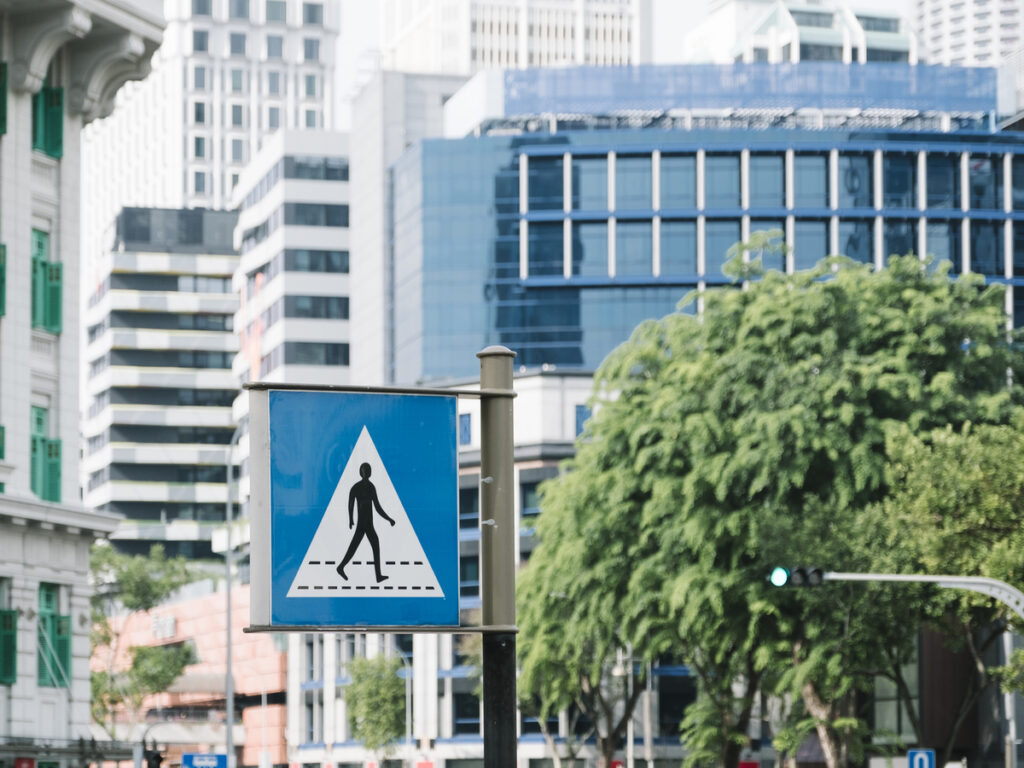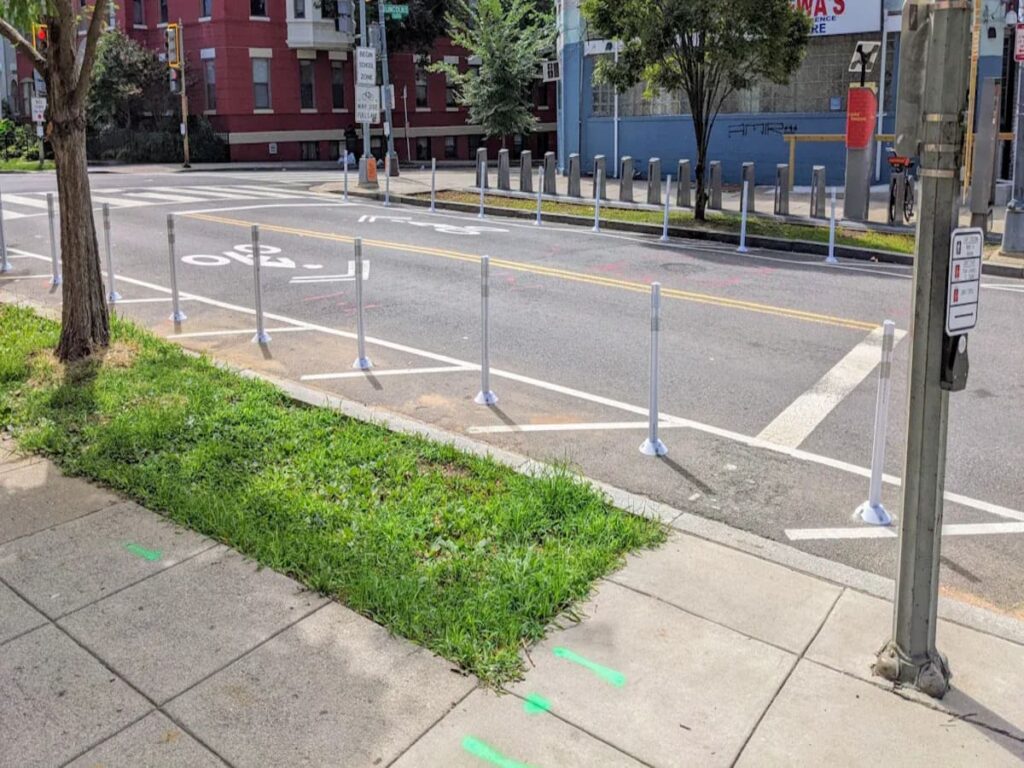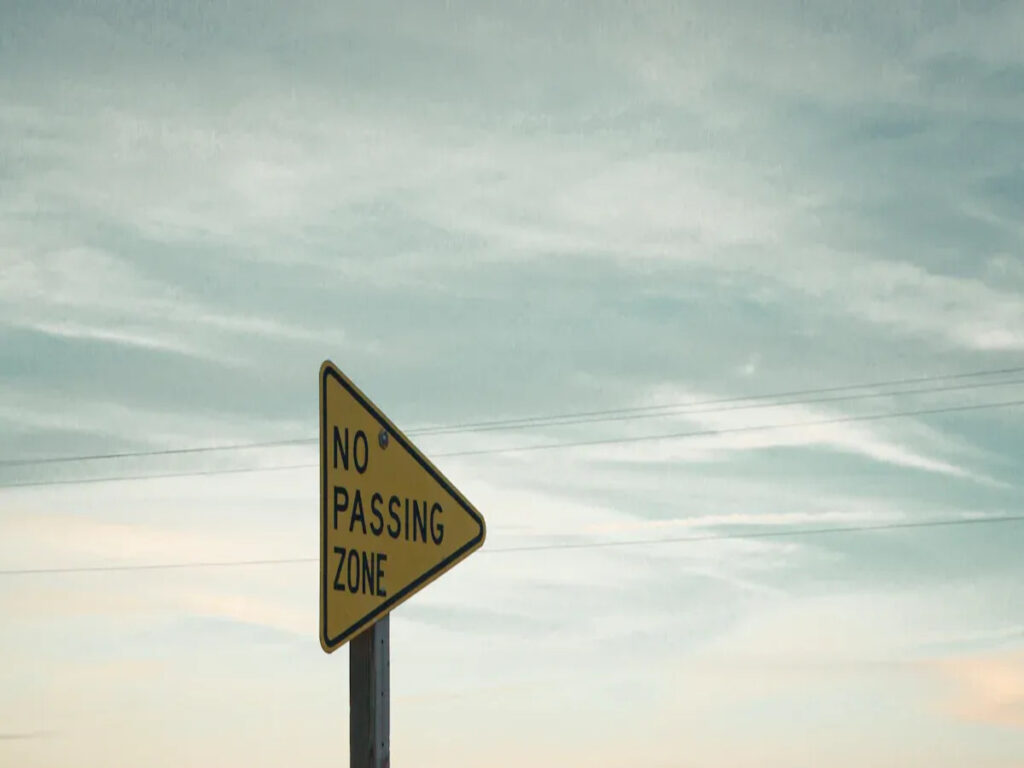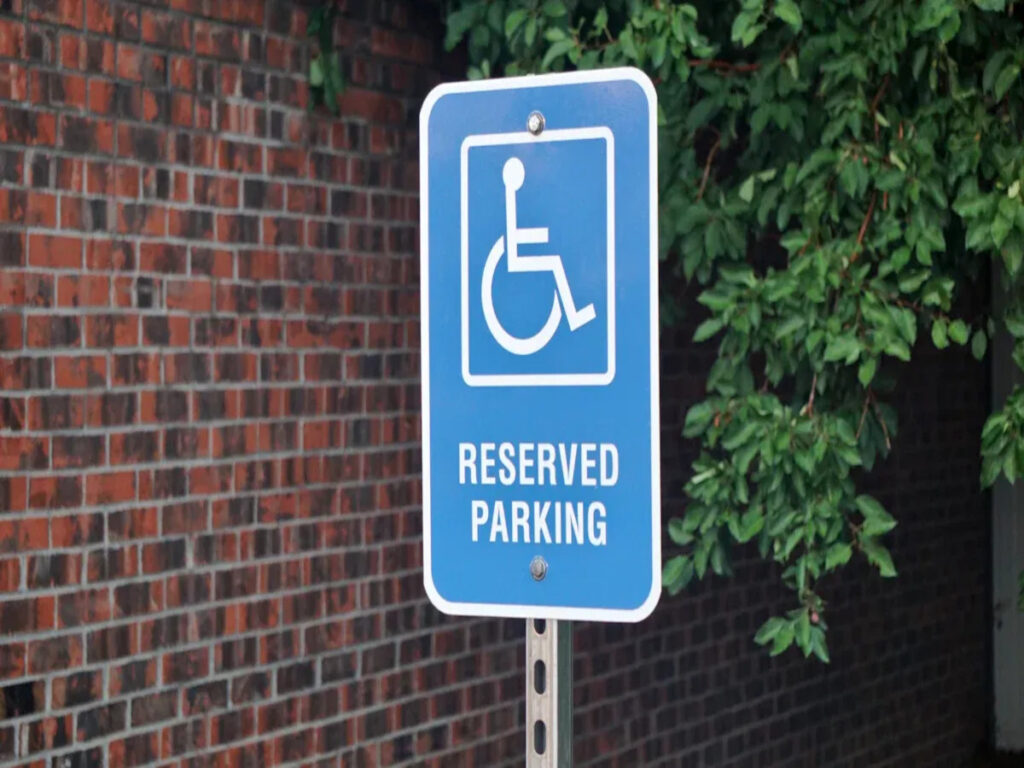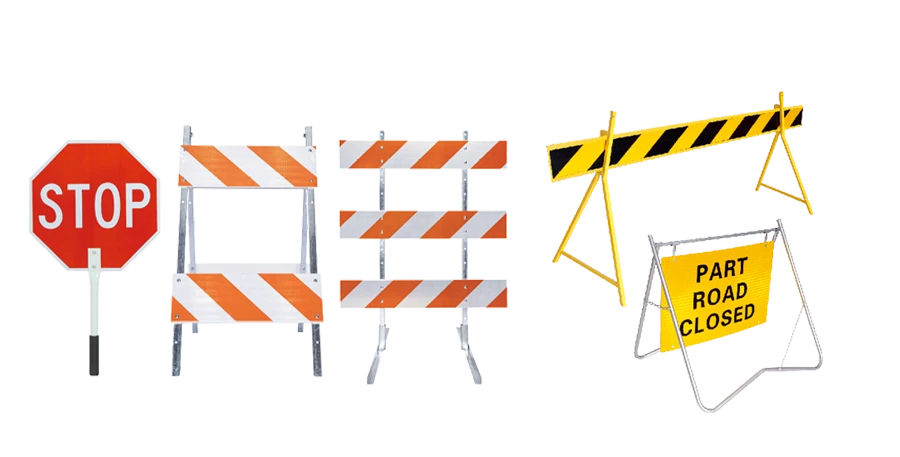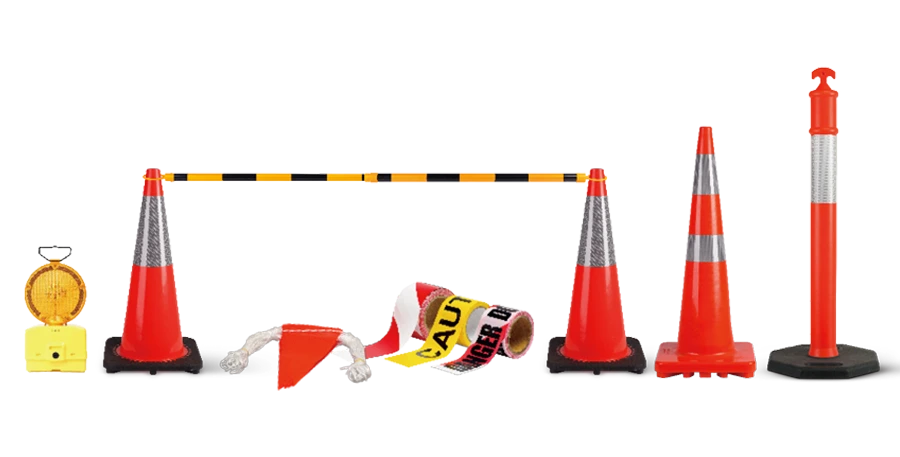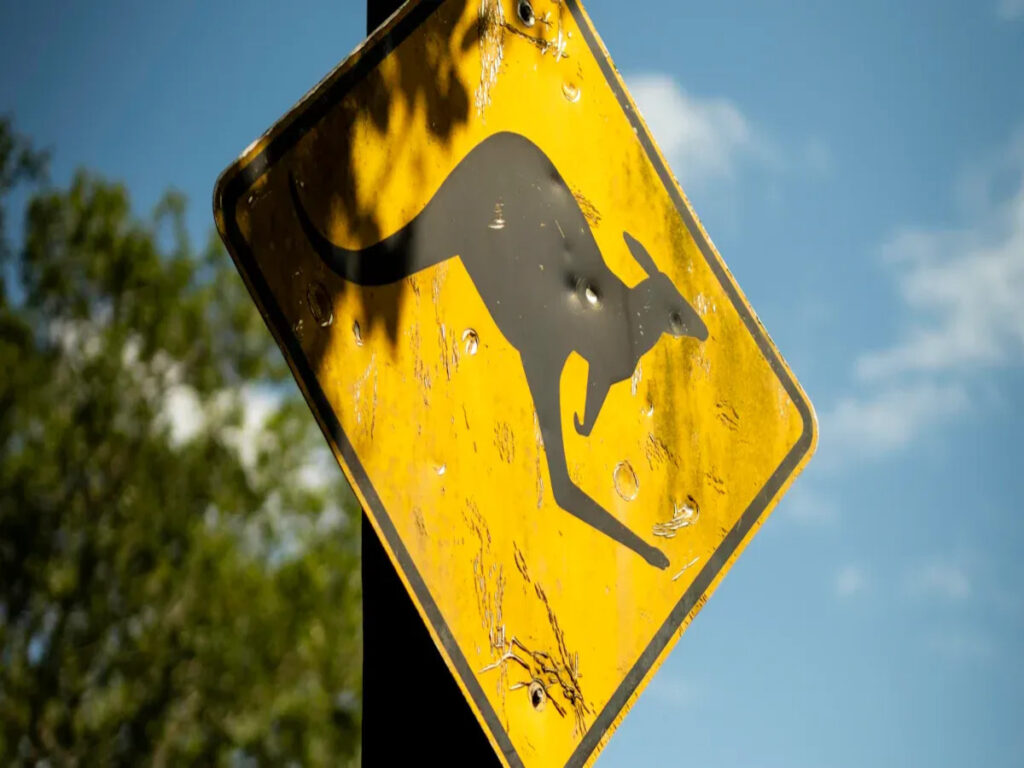
Correct traffic sign size is very important for road safety and compliance with the law in Australia. Drivers require clear and easy-to-see signs every day to remain safe. National standards such as AS 1742 and AS 1743 provide the primary rules for signs. However, each state in Australia may adjust these rules slightly. Larger and more visible signs can help save lives. For instance, bigger stop signs at intersections can reduce crashes by 19%. The table below illustrates how improved traffic sign size and quality contribute to safer roads:
| Impact Factor | Percentage Reduction in Crashes | Explanation |
|---|---|---|
| Use of bright and clear stop signs | 25% fewer crashes | Enhanced road safety and driver compliance in Australia |
| Enhanced reflectivity of signs | 38% drop in crashes | Better visibility encourages safer driving behaviour |
| Larger stop signs at intersections | 19% crash reduction | Increased traffic sign size improves visibility, especially for older drivers |
Understanding road and traffic sign standards ensures that signs in Australia meet both national and local requirements. For a detailed breakdown of sign sizes across different road types and applications, explore our blog: Traffic Sign Size Standards in Australia: A Complete Guide.
National Standards for Traffic Signs in Australia
AS 1742 and AS 1743 Overview
Australian standard 1742 gives the main rules for traffic signs. This standard puts signs into size codes, from A to D. Each code links the sign size to the road speed and where it is used. For example, a STOP sign can be 600×600 mm or 750×750 mm. The size depends on where the sign is placed. Temporary signs must follow AS 1742.3 to keep roadworks safe. Signs must use approved materials and retroreflective sheeting. This helps drivers see the signs at any time of day. Councils and road authorities must check that signs have the right size, shape, and materials. These checks help keep road signs legal and safe in Australia. The standard says smaller signs (Series A) are for slow roads. Bigger traffic signs (Series C and D) are for highways or places with poor visibility. Regular checks and updates help signs work well. Australian standard 1743 tells how to make the signs. AS 1742 gives the rules for size and where to put them.
To better understand how to choose the correct regulatory sign size and ensure full compliance, read our blog: Understanding Regulatory Sign Sizes under AS 1742 Standards.
Standards Australia and Austroads Roles
Standards Australia writes the main rules for traffic signs. Austroads helps by giving advice and making the Austroads Guide to Traffic Management. These groups work together to keep the rules up to date. They also help states and territories use the same main rules. Road authorities in each state use these standards to make their own rules for signs. This teamwork helps keep traffic signs clear and safe for everyone in Australia.
National vs State Adoption
Australia uses national standards as a base, but each state can change some rules for local needs. The table below shows how different places use the standards for road signs in Australia:
| Jurisdiction | Basis of Regulation | Enforcement Approach | Notable Adaptations |
|---|---|---|---|
| National (Australia) | Australian Standard AS 1742.2 | Gives main guidelines for sign size, font, reflectivity, and setup | N/A |
| New South Wales | AS 1742.2 strictly enforced | Exact compliance needed for size, reflectivity, and mounting | No exceptions allowed; strict rejection of non-compliant signs |
| Victoria | AS 1742.2 with local council input | Councils can adjust sign sizes in special cases | Smaller signs allowed if they still meet visibility standards |
| Queensland | AS 1742.2 plus extra state rules | Mix of national and state instructions | Larger or stronger signs used in remote or mining areas due to tough conditions |
Each state starts with the national standard. Some states, like New South Wales, follow the rules very closely. Others, like Victoria and Queensland, allow some changes for local roads or weather. This helps keep traffic signs safe and easy to understand, while meeting local needs.
State Regulations and Traffic Sign Size
Victoria (VIC)
Victoria follows the Manual of Uniform Traffic Control Devices (MUTCD) and the Australian Standard AS 1742 series for traffic sign size. VicRoads uses these national rules but adds some state-specific requirements. Local councils sometimes ask for larger or brighter signs in busy or high-risk areas. This can lead to differences from the national standard.
- Victoria uses the MUTCD and AS 1742 series as the main guides.
- VicRoads adds rules for portable variable message signs, such as sign height and distance from crossings.
- The national standard gives size codes (Series A to E) for different roads and speeds.
- Local councils may require bigger signs than the national minimum in certain places.
- Victoria follows the national rules but allows for changes based on local needs.
For example, a STOP sign in Victoria usually measures 750 mm on local roads. In busy city areas, councils may use larger signs for better visibility. Speed Limit signs often follow the national size, but some councils use bigger signs in school zones or near crossings. No Parking signs may also be larger in the Melbourne CBD to help drivers see them clearly.
New South Wales (NSW)
New South Wales uses strict rules for road traffic signs. The state follows the Australian Standard AS 1742.4 for regulatory road signs. The NSW Speed Zoning Guidelines, published by the Roads and Traffic Authority (RTA), lists recommended sizes for STOP and Speed Limit signs. Table 3.4 in the guidelines shows the correct sign size for each speed zone and road type. NSW does not allow changes to these sizes. All signs must match the standard exactly.
STOP signs in NSW usually measure 750 mm for most roads. On highways or in areas with high speeds, the size can increase to 900 mm. Speed Limit signs follow the same strict rules. No Parking signs must also meet the exact size listed in the guidelines. Councils and contractors must use the correct size for every sign to meet legal requirements.
Queensland (QLD)
Queensland uses its own rules for traffic sign size, but these align closely with the national standard. The Department of Transport and Main Roads (TMR) sets out the rules in official documents. The table below shows the minimum sizes for STOP signs in Queensland:
| Road Type | Minimum STOP Sign Size |
|---|---|
| Urban/Local Roads | 750 mm |
| Regional/Main Roads | 900 mm |
| High-Speed/Poor Visibility | 1200 mm |
TMR also requires Class 1 or Class 1W reflective sheeting for all STOP signs. These rules match the Australian Standard AS 1742 and AS 1743. Queensland sometimes uses larger or stronger signs in remote or mining areas. Speed Limit and No Parking signs follow similar rules, with bigger signs used on highways or in places with poor visibility.
South Australia (SA)
South Australia uses the national standard AS 1742 for most road and traffic signs. The Department for Infrastructure and Transport (DIT) manages the rules. Most STOP signs in South Australia measure 750 mm on local roads. On highways or in rural areas, the size can increase to 900 mm or more. Speed Limit signs and No Parking signs also follow the national size codes. Some councils in South Australia may ask for larger signs in busy city areas or near schools. The state uses reflective materials to make sure signs are easy to see at night.
Western Australia (WA)
Western Australia follows the Australian Standard AS 1742 for traffic sign size. Main Roads WA manages the rules for road traffic signs. Most STOP signs in Western Australia measure 750 mm on local roads and 900 mm on highways. Speed Limit signs and No Parking signs use the same size codes as the national standard. In remote or mining regions, Main Roads WA may use larger or thicker signs to handle tough weather and road conditions. The state also uses special mounting heights for signs in flood-prone areas.
Tasmania (TAS)
Tasmania uses the national standard AS 1742 for most road and traffic signs. The Department of State Growth manages the rules. STOP signs in Tasmania usually measure 750 mm, but larger sizes are used on highways or in places with poor visibility. Speed Limit and No Parking signs follow the national size codes. Councils in Tasmania may ask for bigger signs in busy tourist areas or near schools. The state uses reflective materials to help drivers see signs in foggy or rainy weather.
Northern Territory (NT)
The Northern Territory follows the Australian Standard AS 1742 for traffic sign size. The Department of Infrastructure, Planning and Logistics manages the rules. Most STOP signs in the Northern Territory measure 750 mm on local roads. On highways or in remote areas, the size can increase to 900 mm or more. Speed Limit and No Parking signs use the same size codes as the national standard. The Northern Territory often uses larger or stronger signs in areas with extreme weather or long distances between towns.
Australian Capital Territory (ACT)
The Australian Capital Territory uses the national standard AS 1742 for road traffic signs. Transport Canberra and City Services manages the rules. Most STOP signs in the ACT measure 750 mm. On major roads or in high-speed areas, the size can increase to 900 mm. Speed Limit and No Parking signs follow the national size codes. The ACT uses reflective materials and clear mounting heights to make sure signs are easy to see in all weather.
Note: Each state and territory in Australia starts with the national standard for traffic sign size. Local councils and road authorities may ask for larger or brighter signs in busy or high-risk areas. This helps keep road and traffic signs clear and safe for everyone.
Comparing Road and Traffic Signs by State
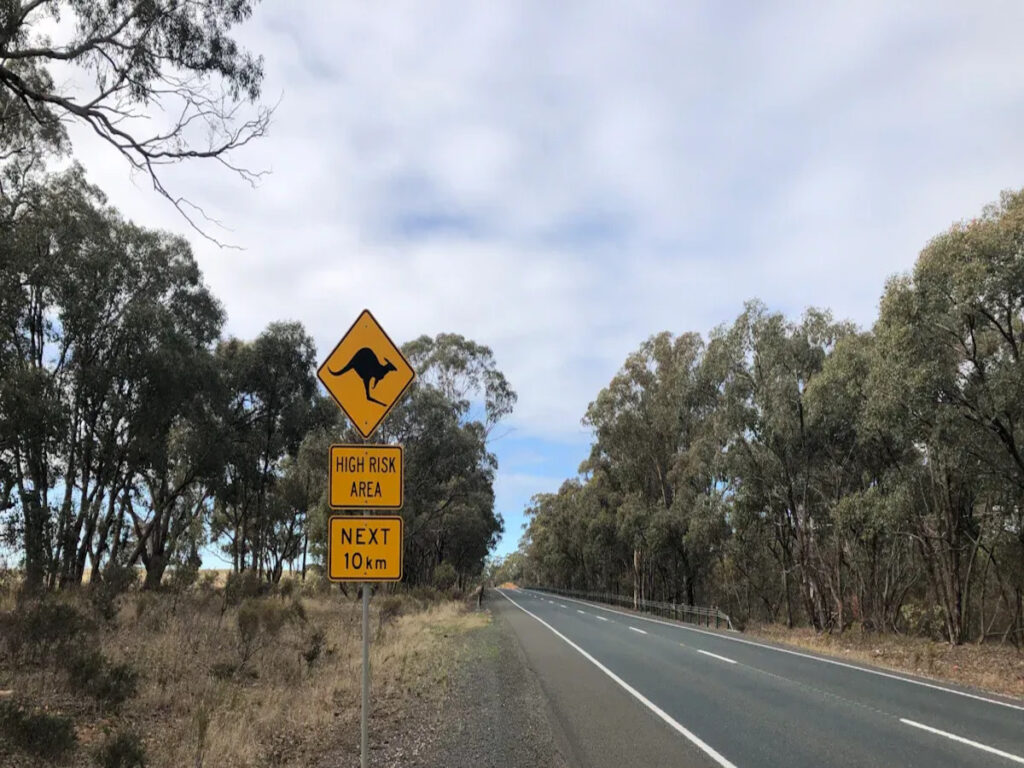
Key Differences in Sign Size
All Australian states use the same main rules for traffic sign size. But there are some small differences between them. The table below shows the usual sizes for STOP, Speed Limit, and No Parking signs in cities and country areas:
| Sign Type | Urban Area Size (mm) | Rural/High-Speed Size (mm) | Notes |
|---|---|---|---|
| STOP | 750 | 900 | Larger signs used on highways |
| Speed Limit | 600 x 750 (50 km/h) | 750 x 900 (80 km/h +) | Size increases with speed zone |
| No Parking | N/A | N/A | No major state differences reported |
Most states use these sizes. But New South Wales and Queensland sometimes use even bigger signs in fast or faraway places. Some states want brighter reflective sheeting to help drivers see signs better.
Mounting height and sign thickness can also be a bit different. In the country, STOP signs must be at least 1.5 metres above the ground. In cities, signs need to be at least 2.1 metres high. Aluminium thickness is between 1.6 mm and 2.0 mm, depending on wind and weather in the area.
Similarities Across States
Every state in Australia uses the AS 1742 series for road and traffic signs. This means signs are mostly the same size, shape, and in the same places. The standards use size codes from A to E to match signs to road speed and type. All states use metric measurements. Signs must be easy to read, with minimum letter heights and clear angles. Councils might ask for bigger signs in busy or risky spots, but the national rules are always the starting point. Weather like rain or fog is also considered, so signs use reflective materials and bigger sizes to stay visible.
Tip: When all states use the same rules, drivers can trust and understand road signs wherever they go.
Implications for Manufacturers and Suppliers
Manufacturers and suppliers must check local rules before making or sending signs. Some states, like New South Wales, want brighter signs or stronger materials. This means traffic sign suppliers need to be flexible and work with local councils. Using the same fonts and colours helps keep signs looking the same everywhere. But changes in reflectivity or mounting can make making signs harder. Suppliers should always look at the latest rules and keep good records to make sure every sign is right for each state.
At OPTRAFFIC, we specialise in providing fully compliant, state-specific traffic signs for sale that meet the highest standards across Australia. Whether you’re dealing with regional councils or state transport authorities, our team is ready to help you navigate complex requirements and deliver consistent, regulation-ready signage.
Compliance and Resources for Traffic Sign Size
Tendering and Documentation
Companies that put up signs in more than one state must follow strict rules. Each state in Australia wants detailed plans before signs are put up. These plans must show where each sign will go, what it will say, and how long it will stay. Both New South Wales and Victoria need permits before any sign is installed. The table below shows some main steps to follow in these states:
| Compliance Step | NSW Requirements | VIC Requirements | Notes |
|---|---|---|---|
| Permit Approval | Submit detailed plans | Submit detailed plans | Permits needed in both states |
| Message Content | Only essential traffic info | Safety messages only | Advertising is restricted |
| Placement and Clearance | Keep clear zones, avoid obstructions | Minimum clearance heights and distances | Placement rules differ |
| Reflective Material Standards | Must meet Australian Standards | High-quality reflective materials | Visibility is a priority |
| Equipment Inspection | Check brightness, font size, clarity | Same as NSW | Ensures signs are effective |
Companies must also check signs for brightness and if they are easy to read before use. They should keep records of repairs and report any problems quickly. These steps help keep roads safe and make sure rules are followed.
Accessing State Manuals and Guidelines
To keep up with sign size rules in Australia, you need the right resources. Each state has its own manuals and websites. Some important resources are:
- Australian Standards
- VicRoads Traffic Engineering Manual (Victoria)
- Transport for NSW Sign Design Sheets (New South Wales)
- TMR Traffic Control Signage Manual (Queensland)
- Main Roads WA Sign Installation Guidelines (Western Australia)
- Department of State Growth (Tasmania)
- DIT Road Sign Guidelines (South Australia)
- NT Department of Infrastructure (Northern Territory)
- ACT Transport Canberra and City Services
Workplace safety websites also give updates. Councils might have extra rules, so it is important to check local guidelines. Manuals like the “Traffic Sign Size Standards Australia Guide” and “Stop Sign Sizes Australia: Regulations & Best Practices” help workers and suppliers know the latest rules.
Best Practices for Multi-State Projects
Supplying signs for more than one state needs careful planning. Teams should label each sign with the right code, size, and which state it is for.
Suppliers should keep different records for each state. Using colours or barcodes can help track signs for each place. Before making signs, teams must check what the buyer wants and look for any special council or project rules. Checking manuals often and talking to local authorities helps stop mistakes and makes sure rules are followed in Australia.
Traffic sign size rules in Australia are mostly the same everywhere, but each state can make small changes. Councils sometimes change sign sizes to help people see them better or to make roads safer.
FAQ
What is the main standard for traffic sign sizes in Australia?
AS 1742 sets the main rules for traffic sign sizes. Every state starts with this standard. Some states add extra rules for local needs.
Do all states use the same size for STOP signs?
Most states use a 750 mm STOP sign in cities. On highways, the size often increases to 900 mm. Some states may use larger signs in special areas.
Where can someone find the latest rules for traffic signs?
Each state has its own website and manuals. These resources give the newest information about traffic signs and their sizes.
Why do some areas have bigger or brighter signs?
Busy roads, school zones, or places with poor visibility need bigger or brighter signs. This helps drivers see them more easily and stay safe.

